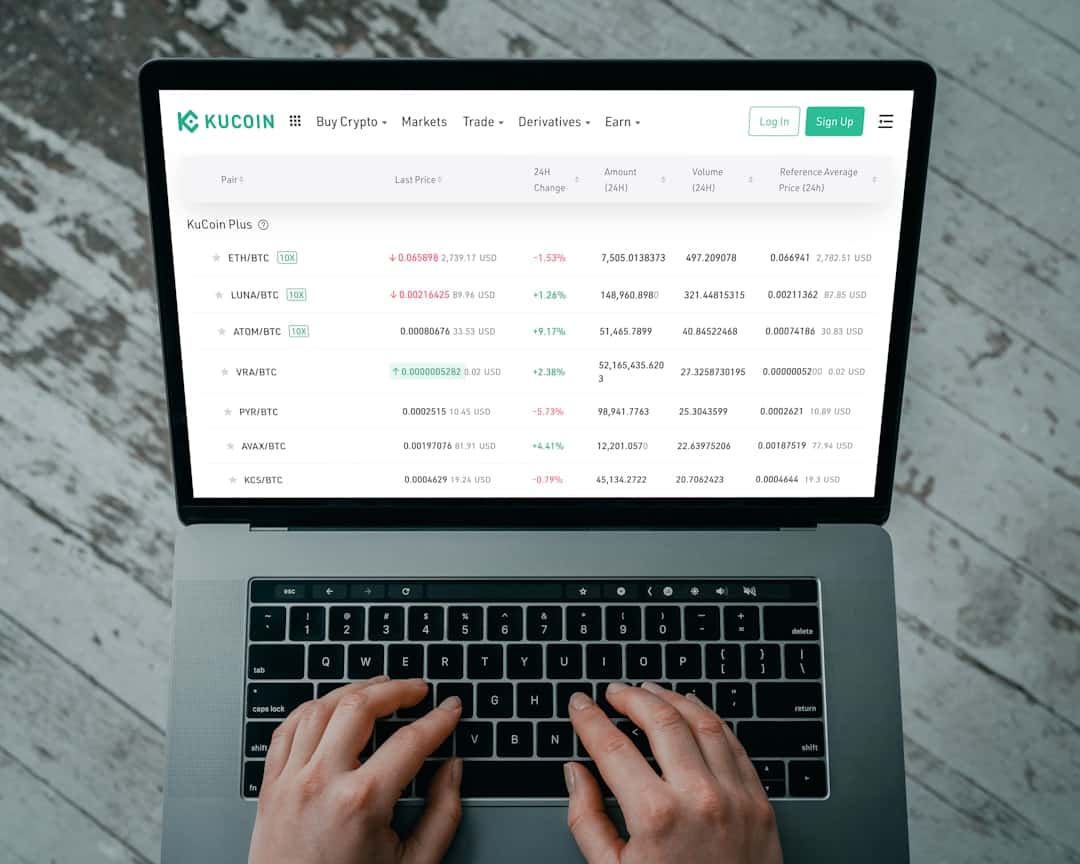Cloud infrastructure security is a critical component of an organization’s overall security strategy. As businesses increasingly rely on cloud services and migrate sensitive data and applications to the cloud, protecting cloud infrastructure has become essential. This security domain encompasses safeguarding the underlying hardware, software, and network infrastructure that support cloud services, including virtual machines, containers, storage, and networking components.
The importance of cloud infrastructure security stems from the potential consequences of a security breach. Such breaches can result in data exposure, financial losses, reputational damage, and legal consequences. Moreover, compromised cloud infrastructure can disrupt business operations and cause downtime, leading to significant financial impacts.
Organizations must prioritize cloud infrastructure security to mitigate these risks and ensure the confidentiality, integrity, and availability of their data and applications. The adoption of hybrid and multi-cloud environments has increased the complexity of managing and securing cloud infrastructure. This complexity introduces challenges in maintaining consistent security controls across different cloud platforms and ensuring visibility and compliance.
Understanding the significance of cloud infrastructure security is crucial for organizations to make informed decisions about their security investments and strategies in this evolving landscape.
Key Takeaways
- Cloud infrastructure security is crucial for protecting sensitive data and ensuring business continuity.
- Strong access controls and authentication measures are essential for preventing unauthorized access to cloud resources.
- Regularly updating and patching systems and software helps to address vulnerabilities and reduce the risk of security breaches.
- Encrypting data in transit and at rest adds an extra layer of protection against unauthorized access and data breaches.
- Monitoring and logging for suspicious activities can help detect and respond to security incidents in a timely manner.
Implementing Strong Access Controls and Authentication Measures
Implementing strong access controls and authentication measures is essential for securing cloud infrastructure. Access controls help organizations manage and restrict access to their cloud resources, while authentication measures verify the identity of users and devices accessing the cloud environment. By implementing strong access controls and authentication measures, organizations can prevent unauthorized access, reduce the risk of insider threats, and protect their sensitive data and applications.
One way to implement strong access controls is by using role-based access control (RBAC) to assign permissions based on users’ roles and responsibilities. RBAC ensures that users only have access to the resources necessary for their job functions, reducing the risk of privilege escalation and unauthorized access. Additionally, organizations can leverage identity and access management (IAM) solutions to centralize user authentication and authorization, enforce strong password policies, and enable multi-factor authentication (MFA) for an added layer of security.
Furthermore, organizations should consider implementing network access controls to secure their cloud infrastructure. This includes using virtual private networks (VPNs), firewalls, and network segmentation to control traffic flow and prevent unauthorized access to sensitive resources. By implementing these measures, organizations can strengthen their overall security posture and reduce the risk of unauthorized access and data breaches.
Regularly Updating and Patching Systems and Software

Regularly updating and patching systems and software is a fundamental practice for maintaining the security of cloud infrastructure. Software vulnerabilities are a common target for cyber attackers, and failing to apply patches and updates in a timely manner can leave cloud infrastructure exposed to known security flaws. Therefore, organizations must establish a robust patch management process to identify, prioritize, and apply patches to their cloud systems and software.
One approach to ensuring regular updates and patches is by leveraging automated patch management tools that can streamline the process of identifying vulnerabilities and deploying patches across cloud environments. These tools can help organizations stay ahead of emerging threats and reduce the window of exposure to potential security risks. Additionally, organizations should establish clear policies and procedures for testing patches before deployment to minimize the risk of disrupting business operations or introducing new issues.
Moreover, organizations should prioritize patching critical systems and software that are directly exposed to the internet or contain sensitive data. This includes web servers, databases, operating systems, and third-party applications that may be targeted by cyber attackers. By regularly updating and patching these systems, organizations can reduce the likelihood of successful exploitation of known vulnerabilities and strengthen their overall security posture.
Encrypting Data in Transit and at Rest
| Metrics | Data in Transit | Data at Rest |
|---|---|---|
| Encryption Protocol | TLS 1.2 or higher | AES-256 encryption |
| Key Management | Perfect Forward Secrecy (PFS) | Key rotation every 90 days |
| Compliance | PCI DSS, HIPAA | GDPR, CCPA |
| Performance Impact | Negligible | Minimal |
Encrypting data in transit and at rest is a fundamental practice for protecting sensitive information stored in cloud infrastructure. Data encryption ensures that data is unreadable to unauthorized parties, even if it is intercepted or accessed without authorization. By encrypting data in transit, organizations can protect information as it moves between users, devices, and cloud services.
Similarly, encrypting data at rest ensures that data stored in cloud storage or databases remains secure from unauthorized access. One way to encrypt data in transit is by using secure communication protocols such as Transport Layer Security (TLS) or Secure Sockets Layer (SSL) to establish encrypted connections between clients and cloud services. These protocols encrypt data as it travels over networks, preventing eavesdropping and tampering by malicious actors.
Additionally, organizations should consider implementing virtual private networks (VPNs) to create secure tunnels for transmitting sensitive data between different locations or cloud environments. Furthermore, encrypting data at rest involves using encryption algorithms to protect data stored in cloud storage services or databases. Cloud providers often offer native encryption capabilities that allow organizations to encrypt data at rest using keys managed by the provider or customer-managed keys for added control.
By encrypting data at rest, organizations can mitigate the risk of unauthorized access to sensitive information in the event of a security breach or insider threat.
Monitoring and Logging for Suspicious Activities
Monitoring and logging for suspicious activities is crucial for detecting and responding to security threats in cloud infrastructure. By monitoring user activities, network traffic, system events, and application logs, organizations can identify anomalous behavior indicative of potential security incidents or unauthorized access. Additionally, logging provides a detailed record of events that can be used for forensic analysis, compliance reporting, and incident response investigations.
One approach to monitoring for suspicious activities is by leveraging security information and event management (SIEM) solutions that aggregate and analyze log data from various sources across cloud environments. SIEM solutions can correlate events, detect patterns indicative of security threats, and generate alerts for further investigation. By implementing SIEM solutions, organizations can gain visibility into their cloud infrastructure and improve their ability to detect and respond to security incidents in a timely manner.
Moreover, organizations should consider implementing user behavior analytics (UBA) solutions to identify abnormal user activities that may indicate compromised accounts or insider threats. UBA solutions analyze user behavior patterns and establish baselines to detect deviations that may signal potential security risks. By monitoring user activities using UBA solutions, organizations can proactively identify suspicious behavior and take appropriate action to mitigate potential threats.
Conducting Regular Security Audits and Assessments

Conducting regular security audits and assessments is essential for evaluating the effectiveness of security controls and identifying potential vulnerabilities in cloud infrastructure. Security audits help organizations validate compliance with industry regulations, internal policies, and best practices for securing cloud environments. Additionally, security assessments provide insights into the overall security posture of cloud infrastructure and help prioritize remediation efforts to address identified risks.
One way to conduct security audits is by engaging third-party auditors or internal audit teams to review security controls, configurations, and access permissions in cloud environments. Auditors can assess adherence to security standards, evaluate the effectiveness of security measures, and provide recommendations for improving security posture. By conducting regular security audits, organizations can demonstrate due diligence in maintaining a secure cloud infrastructure and identify areas for continuous improvement.
Furthermore, organizations should perform vulnerability assessments and penetration testing to identify weaknesses in their cloud infrastructure that may be exploited by cyber attackers. Vulnerability assessments involve scanning cloud systems for known vulnerabilities and misconfigurations, while penetration testing simulates real-world attacks to assess the resilience of security controls. By conducting these assessments regularly, organizations can proactively address security gaps and reduce the likelihood of successful exploitation by malicious actors.
Educating and Training Employees on Security Best Practices
Educating and training employees on security best practices is crucial for building a culture of security awareness within an organization. Employees are often the first line of defense against security threats in cloud infrastructure, and their actions can have a significant impact on overall security posture. By providing comprehensive security training and awareness programs, organizations can empower employees to recognize potential threats, adhere to security policies, and contribute to a secure cloud environment.
One approach to educating employees on security best practices is by delivering interactive training sessions that cover topics such as phishing awareness, password hygiene, data protection guidelines, and incident reporting procedures. These training sessions can help employees understand their role in maintaining a secure cloud infrastructure and equip them with the knowledge to identify and respond to potential security risks effectively. Moreover, organizations should consider implementing ongoing security awareness campaigns that reinforce key security principles and promote a culture of vigilance against social engineering attacks and other common tactics used by cyber attackers.
These campaigns can include regular communication about emerging threats, best practices for securing sensitive information, and examples of real-world security incidents to illustrate the importance of maintaining a strong security posture. In conclusion, securing cloud infrastructure is a multifaceted endeavor that requires a comprehensive approach encompassing access controls, patch management, encryption, monitoring, audits, assessments, and employee education. By understanding the importance of cloud infrastructure security and implementing strong security measures across these areas, organizations can mitigate the risk of security breaches, protect sensitive data, maintain compliance with regulations, and build trust with customers and partners.
As the adoption of cloud services continues to grow, prioritizing cloud infrastructure security will be essential for safeguarding business-critical assets in an evolving threat landscape.
If you’re interested in learning more about the security of cloud infrastructure, you may want to check out this article on multi-universe concepts. Understanding the complexities of different universes can provide valuable insights into the intricacies of securing cloud infrastructure in a multi-dimensional environment.
FAQs
What is cloud infrastructure security?
Cloud infrastructure security refers to the practices and technologies used to protect the underlying infrastructure of cloud computing services, including networks, servers, and data storage, from cyber threats and unauthorized access.
Why is cloud infrastructure security important?
Cloud infrastructure security is important because it helps to ensure the confidentiality, integrity, and availability of data and resources stored and processed in the cloud. It also helps to protect against cyber attacks, data breaches, and other security threats.
What are some common threats to cloud infrastructure security?
Common threats to cloud infrastructure security include unauthorized access, data breaches, malware, DDoS attacks, insider threats, and misconfigurations. These threats can result in data loss, service disruptions, and financial losses for organizations.
What are some best practices for cloud infrastructure security?
Best practices for cloud infrastructure security include implementing strong access controls, encrypting data in transit and at rest, regularly updating and patching systems, monitoring for security incidents, and conducting regular security audits and assessments.
What are some technologies used for cloud infrastructure security?
Technologies used for cloud infrastructure security include firewalls, intrusion detection and prevention systems, encryption, identity and access management (IAM) solutions, security information and event management (SIEM) tools, and cloud security posture management (CSPM) platforms.
How can organizations ensure the security of their cloud infrastructure?
Organizations can ensure the security of their cloud infrastructure by implementing a comprehensive security strategy that includes a combination of technical controls, security policies and procedures, employee training, and regular security assessments and audits. They can also work with trusted cloud service providers that have strong security measures in place.











Leave a Reply